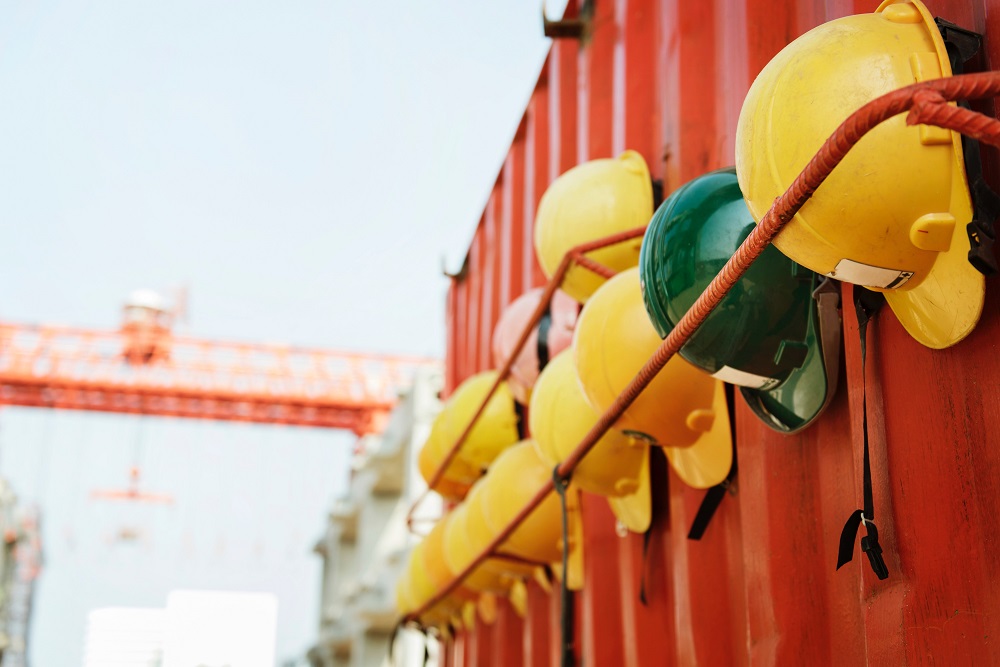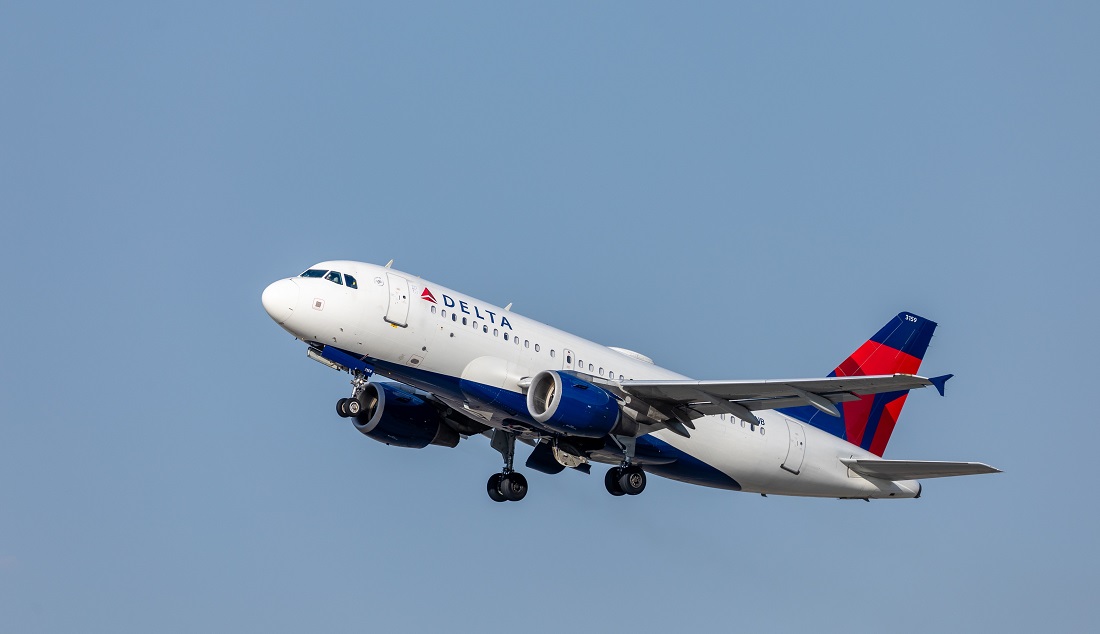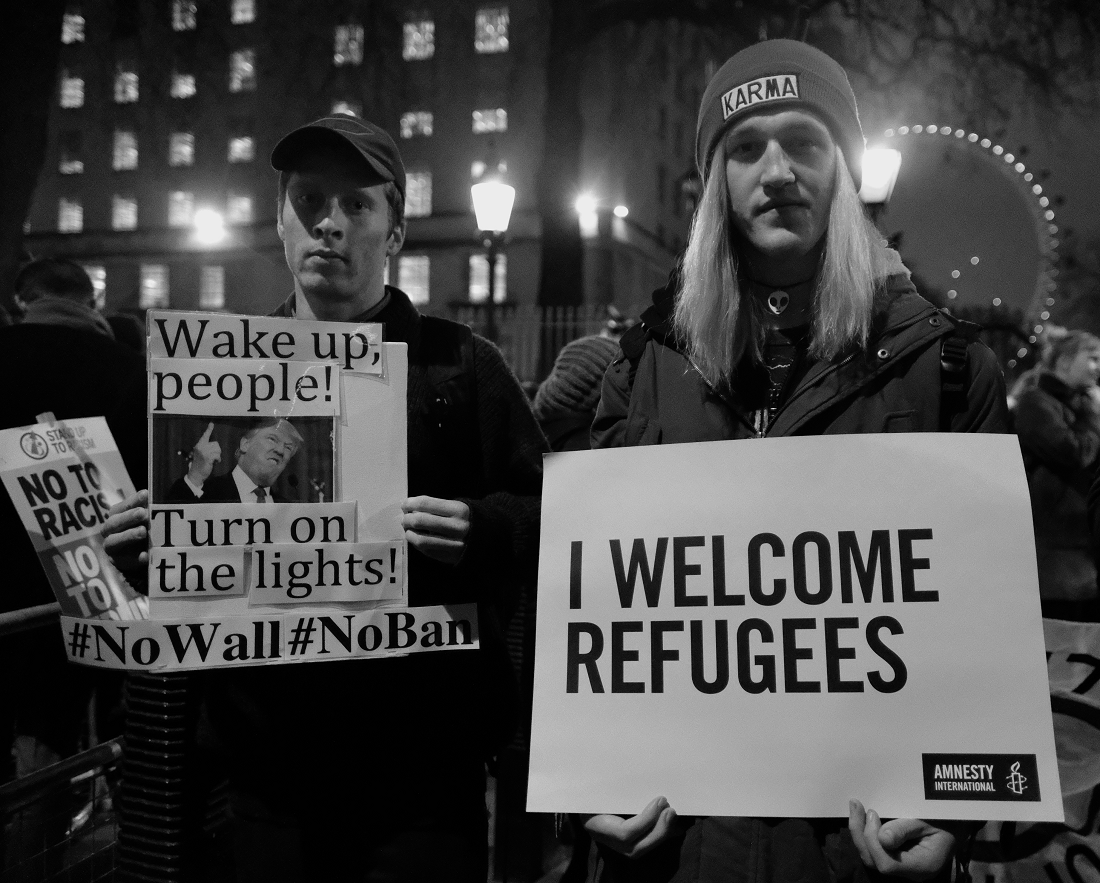Immigration Initiative Helps Construction Workers in the GTA Obtain Permanent Residence
Pilot Project Aims to Curb Labour Shortage While Helping Vulnerable, Undocumented Workers
Canada’s Federal Government has launched a new pilot program that will provide an immigration pathway for undocumented construction workers in the Greater Toronto Area.
According to the Toronto Star, the Temporary Public Policy for Out-of-Status Construction Workers in the Greater Toronto Area program will help 500 workers along with their family members based in the GTA obtain permanent residency.
“It’s a very small project for us but a very important project to initiate,” Hassan Yussuff, president of the labour congress, told the Toronto Star, adding that he estimates the number of non-status construction workers in Canada to be in the thousands. “Some of these workers have been here for five years plus, and their families have set down roots in this country. We need to find a way to resolve their status.”
The project aims to ease the shortage of construction workers in the GTA, and also reflects observations from numerous studies about the vulnerability of out-of-status workers.
Out-of-status workers are immigrants who have come to Canada with valid temporary residence status, but fell out of status and managed to maintain employment. Even without status, these workers have filled labour shortages throughout Canada and contributed to the Canadian economy.
However, due to fear of being detected, detained, or deported, these workers remain vulnerable, are unable to access social programs, and become susceptible to exploitation and abuse.
The program is a win-win for both out-of-status workers and the city of Toronto, as the city is exploding with condo, infrastructure and transit projects.
“It’s tough to build projects when you don’t have the labour,” Andrew Pariser, vice-president of RESCON, a leading association of residential builders in Ontario told the Toronto Star. “It causes delays and increases costs. That’s not going to be of benefit to anyone.”
The shortage of skilled construction worker also extends outside of just the GTA.
Build Force Canada, a national industry-led workforce management research group, has forecasted that Ontario will require an additional 26,100 construction workers in the next decade as 91,100 people currently working in the construction sector will reach retirement age.
Construction workers looking to be considered for the program will have to contact the Canadian Labour Congress (CLC) to find out if they are eligible. All eligible applicants will then be referred to Immigration, Refugees and Citizenship Canada.
The application process will open on September 3 through the CLC, which will pre-screen and refer qualified candidates for final assessment. The initiative will run from January 2, 2020 to January 1, 2022.
Newfoundland to reduce application backlog caused by increased immigration interest
Growth of Newfoundland immigration rate creates longer wait times for application processing
Newfoundland and Labrador once had the fewest number of immigrants in all of Canada. But now, as immigration interest is starting to soar, the province is struggling to keep up, resulting in backlogs and wait times nearly double the standard.
Atlantic Canada has historically remained the least diverse region in all of Canada due to low levels of immigration. Only 2.4 per cent of the population in Newfoundland and Labrador were born outside of Canada, while 22 per cent of all Canadians were born in a different country.
However, according to CBC, Newfoundland and Labrador has experienced a recent surge in immigration. In fact, this past year, there has been a 50 per cent increase in immigration applications compared to last year.
As a result, immigrants looking to settle in the province through two key programs are facing lengthy delays in having their applications processed.
Applications to the Newfoundland and Labrador Provincial Nominee Program (NLPNP) should be assessed within 25 business days, but instead, the processing time has been around two and a half months.
Meanwhile, the number of applications in both the NLPNP and Atlantic Immigration Pilot Program (AIPP) tripled compared to the year prior.
CBC reported that in May 2018, there were 49 NLPNP applications in the queue, and by May 2019, that number had grown to 88.
In the AIPP queue, there was just one application in May 2018, but that number increased significantly to 68 by this year.
The number of immigrants settling in Newfoundland and Labrador under these programs doesn’t include applications such as federal economic, family sponsorship, or refugee applications.
The surge in immigration is far from over, as the province is now expecting to exceed its target of 1,700 newcomers by 2022, three years earlier than expected. A new target figure will be revealed soon, in hopes of gaining even more newcomers to help address certain demographic challenges in Newfoundland and Labrador.
In the meantime, the province is working to address issues with the immigration process in order to shorten wait times and ease backlogs.
Davis added that some of the backlog has already been cleared after the province managed to process a record number of applications in June.
Also helping to speed up the process is the return of one of the province’s five immigration officers that handle applications from parental leave.
Trump Administration to Fast Track Deportations
US to Strip Undocumented Immigrants of Legal Rights in Order to Expedite Deportations
The Trump administration’s massive crackdown on immigration and refugees continues to rage on as it was recently announced that the US will provide immigration officers with authority to arrest and deport undocumented migrants without a hearing before a judge.
As of now, this applies to any undocumented immigrants who are unable to prove they have been residing in the US for more than two years.
Previously, anytime a person was apprehended by the US Immigration and Customs Enforcement (ICE), they would be subject to a legal process unless they had a prior removal order on their record. They would usually appear in front of a judge at least twice before a deportation was ordered.
In fact, expedited deportations were only reserved for migrants who crossed into the US by land if they were to be arrested within 100 miles of the border within 14 days after their arrival in the US.
But the new policy lifts all geographical limitations and legal rights, allowing ICE to conduct rapid removal proceedings for all undocumented immigrants who have been in the country for less than two years and strip them of due-process protections such as the right to an attorney and to a hearing before a judge.
The San Francisco-based Immigrant Legal Resource Center has estimated that approximately 328,000 undocumented immigrants would be subject to expedited removal under this new policy.
According to Global News, the American Civil Liberties Union and American Immigration Council have called the plan “unlawful” and announced their intention to launch a lawsuit to block the policy from being enforced. The American Civil Liberties Union has spearheaded multiple legal battles against Trump’s other restrictive immigration policies.
"Under this unlawful plan, immigrants who have lived here for years would be deported with less due process than people get in traffic court," Omar Jawdat, director of the ACLU's Immigrants' Rights Project said to the Associated Press.
The measure is the second major announcement from the Trump administration regarding harsh immigration policy changes this past week
The US also announced it would deny refugee protection to asylum seekers that passed through other countries while travelling to the US without seeking refugee status there first. Two lawsuits have since been filed in an effort to challenge the decision.
Canada Rejects Requests to Strip US of Safe Country Designation
Amnesty International Calls for Suspension of Canada-US Immigration Agreement Due to Controversial US Refugee Policy
Despite a request from Amnesty International, Canada has refused to strip the United States of its designation as a ‘safe third country’ in light of a controversial new US refugee policy.
Under the Safe Third Country Agreement (STCA) between Canada and the US, refugee claimants are required to request refugee protection in the first ‘safe country’ that they step foot in. Therefore, refugees who present themselves at a Canada-US border post looking to make a refugee claim in Canada are, with some exceptions, denied access and returned to the US to apply for protection there. This does not apply to those who do not enter Canada through an official port of entry.
However, the Trump administration recently moved to end asylum protections for most migrants from Central America that arrive at the US southern border seeking refuge.
Under the new US Department of Justice and Department of Homeland Security rule, any person who enters the US through its southern border will be deemed ineligible for asylum unless they applied for protection in a third country that they travelled through en-route to the US.
This directly affects migrants seeking refuge in Canada after already entering the US, as the STCA requires them to be denied entry and returned to the States, even though they would now be ineligible for protection there and be forced to return to their home country to face potential violence and persecution. This new US policy is expected to face a legal challenge.
In a blog post on its website, Amnesty International argued that the policy does not adequately guarantee the rights of those seeking asylum and should, therefore, nullify the STCA.
"With the implementation of this policy, there is no single basis upon which the STCA can, in any way, be defended," said Justin Mohammed, Amnesty International Canada's human rights law and policy campaigner. "The operation of the STCA would prevent those very same claimants from obtaining protection in Canada and therefore must be suspended, or otherwise risk complicity in U.S. violations of international refugee and human rights law.”
The United Nations' refugee agency also spoke out about the new U.S. policy, stating that it jeopardizes asylum protections and does not comply with international obligations.
According to the Canadian Press, a spokesperson for Canada’s Border Security Minister, Bill Blair, said that despite the arguments being presented, Canada still considers the US a safe country governed by the rule of law, adding that US rules and policies are always being reviewed.
Canada Border Agents to Be Armed with Batons, Pepper Spray When Working with Detained Migrants
New Rules for Border Officers Draws Concerns over Perceived Criminalization of Asylum Seekers
New rules requiring Canada's border-security officers to wear defensive gear while working with detained migrants is drawing criticism and being deemed a form of criminalization of asylum seekers.
According to a new national policy on uniforms that was adopted by the Canada Border Services Agency (CBSA) last year, all border-security officers will be armed with batons, pepper spray and bulletproof vests while working with migrants detained in immigration holding centres.
Going forward, these officers will not carry firearms but must wear steel-toed boots, soft body armour, a defensive baton, pepper spray and handcuffs—the same gear as correctional officers in maximum-security prisons.
According to the Canadian Press, the agency has said that the officers working in these centres must be outfitted in such gear to ensure a "common operational approach" because the migrants had been previously detained in provincial jails.
Those seeking asylum in Canada can be detained by the CBSA for different reasons, including if officers believe they would be deemed inadmissible on the grounds of security, criminal record, or a history of violating human or international rights.
You can also be detained simply if a CBSA officer believes there is a chance you might not show up for a refugee-determination hearing. According to statistics released by the federal government, the majority of migrants that are detained are held for this very reason.
In 2018, 81% of detained migrants were held by CBSA because they were considered “unlikely to appear” for their hearings. This included 40 children, most of whom were travelling with adults.
The changes to how officers are outfitted when working in detention centres have understandably sparked harsh criticism. Critics of the new rules have stated that this will create a jail-like environment in immigration detention centres and fuel the perception that those seeking a better life in Canada, including parents and young children, should be treated like criminals deserving of punishment.
Concerns have also been raised by the union representing border security officers. The union’s concern is that having weapons increases risk in the event of a confrontation.
Anthony Navaneelan, a lawyer with Legal Aid Ontario who works with the Canadian Association of Refugee Lawyers, told the Canadian Press that it's uncommon for the border-security union and migrant-advocacy groups to find common ground. He added that wearing defensive gear while working with refugees is "inappropriate and unnecessary.”
In response to the criticism, a CBSA spokesperson told the Canadian Press that the agency "ensured that there is a balance reflected between the safety and security of officers and other detainees.”
However, advocates still argue that defensive gear should only be worn in certain areas of detention centres where migrants that are suspected of being security or criminal threats are being held.





